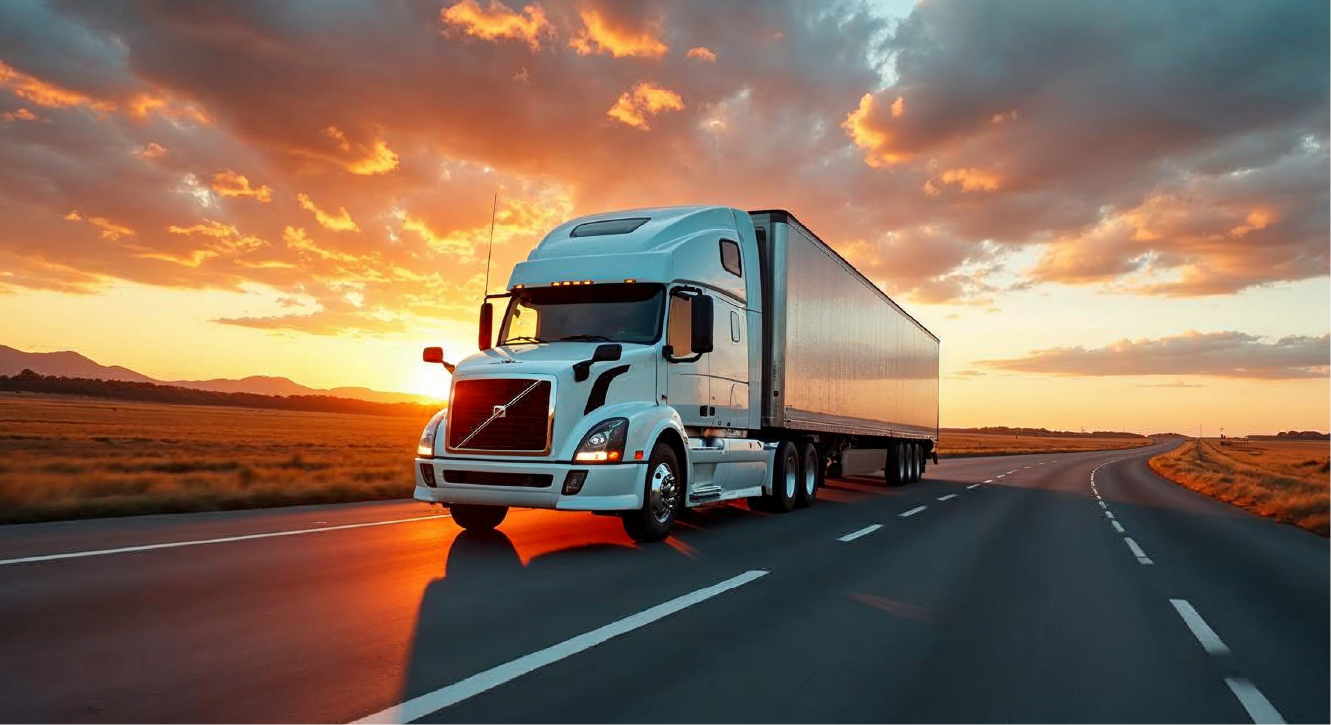Featured Articles
News
29 Min Read
Featured Articles
13 Min Read
Blogs
6 Min Read
Blogs
3 Min Read
News
15 Min Read
All Articles
Filter by Topic
Articles
Blogs
3 Min Read
News
29 Min Read
Blogs
3 Min Read
Blogs
5 Min Read











